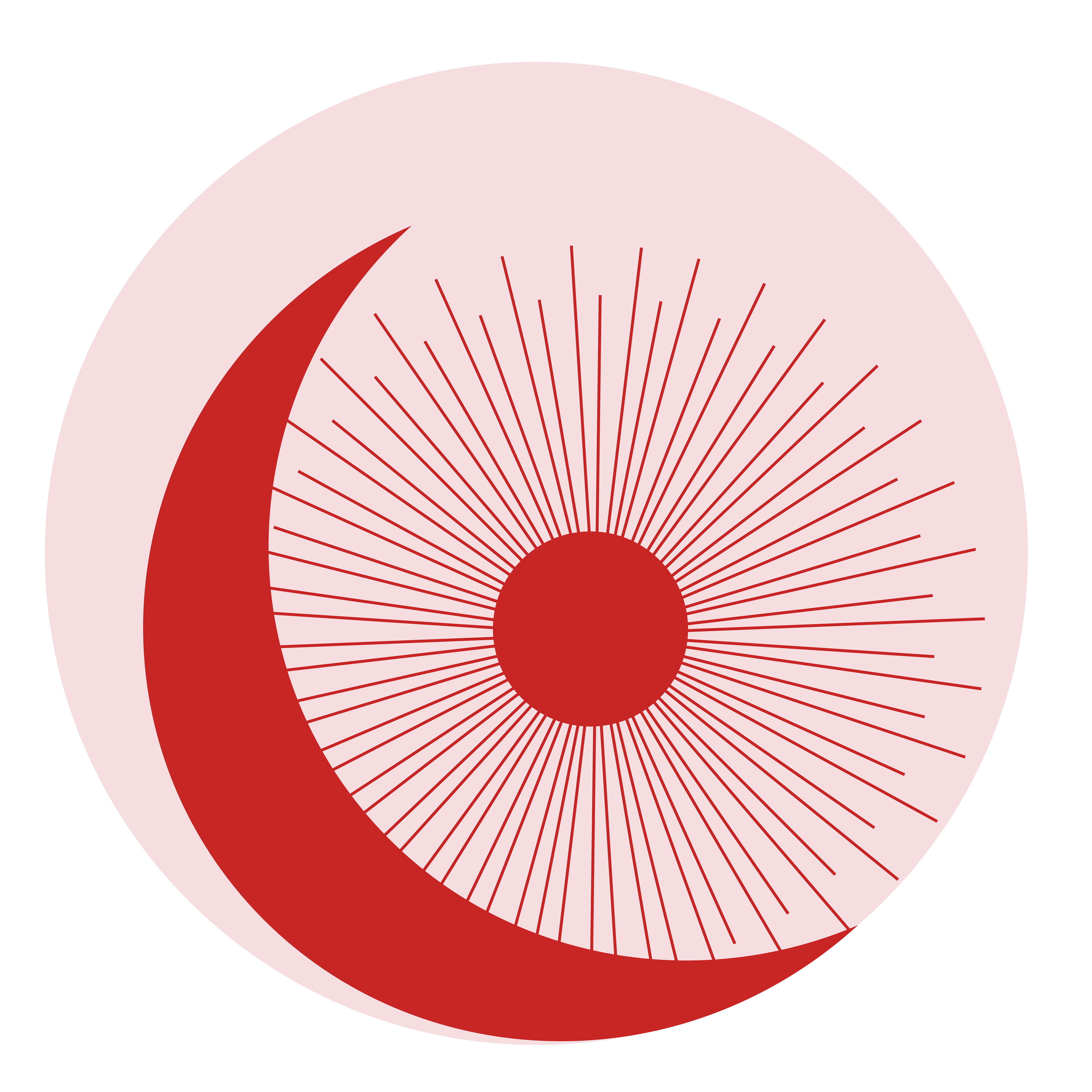











1 City 2 Faces is a project based on cities and architecture. It focuses on cities with strong social and economic disparities. The project is based on 6 cities known for their great urban contrasts, from upmarket districts to slums: Rio de Janeiro, Caracas, Buenos Aires, Mexico City, Mumbai and São Paulo.
The accordion principle creates an anamorphosis that reveals the two faces of the cities. Depending on the orientation of the accordion, the richer or poorer parts of the city can be seen. The photos are accompanied by short news items from various articles, highlighting the positive and negative aspects of the cities. This information is laid out in the same way as the images, with the positive or negative data displayed according to orientation. The 6 accordions are contained in a box. The box has been designed to follow on from the accordions. It also features the two faces of the cities. The lid is made of matt black paper, on which a cold, vectorized drawing of buildings is printed in black. The lower part of the box is made of simple machine-made paper on which a shantytown is drawn in pencil, representative in this case of the poor city. The didactic handling of the object makes it possible to demonstrate the inequalities present within a single city.
The accordion principle creates an anamorphosis that reveals the two faces of the cities. Depending on the orientation of the accordion, the richer or poorer parts of the city can be seen. The photos are accompanied by short news items from various articles, highlighting the positive and negative aspects of the cities. This information is laid out in the same way as the images, with the positive or negative data displayed according to orientation. The 6 accordions are contained in a box. The box has been designed to follow on from the accordions. It also features the two faces of the cities. The lid is made of matt black paper, on which a cold, vectorized drawing of buildings is printed in black. The lower part of the box is made of simple machine-made paper on which a shantytown is drawn in pencil, representative in this case of the poor city. The didactic handling of the object makes it possible to demonstrate the inequalities present within a single city.
1 City 2 Faces est un projet basé sur les villes et l’architecture. Il se concentre sur les villes ayant de fortes disparités sociales et économiques. Le projet est basé sur 6 villes connues pour leur grand contraste urbain où l’on passe des quartiers chics aux bidonvilles : Rio de Janeiro, Caracas, Buenos Aires, Mexico, Mumbai et São Paulo.
Le principe d’accordéon créeant une anamorphose permet de faire apparaître les deux visages des villes. Selon l’orientation de l’accordéon on observe la partie riche de la ville ou la partie pauvre. Ces photos sont accompagnées d’informations courtes provenant de divers articles, mettant en avant les aspects positifs et négatifs des villes. Ces informations sont mises en pages de la même façon que les images, selon l’orientation on lit les données positives ou négatives. Les 6 accordéons sont contenus dans une boite. Celle-ci a été réfléchit dans la continuité des accordéons. En effet, elle met également en avant les deux visages des villes. Le couvercle est fait d’un papier noir mat sur lequel est imprimé en noir un dessin vectoriel et froid de buildings. La partie inférieure de la boite est faite d’un simple papier machine sur lequel est dessiné au crayon à papier un bidonville, représentatif ici de la ville pauvre. La manipulation didactique de l’objet permet de faire rendre compte des inégalités présentes au sein d’une même ville.
Le principe d’accordéon créeant une anamorphose permet de faire apparaître les deux visages des villes. Selon l’orientation de l’accordéon on observe la partie riche de la ville ou la partie pauvre. Ces photos sont accompagnées d’informations courtes provenant de divers articles, mettant en avant les aspects positifs et négatifs des villes. Ces informations sont mises en pages de la même façon que les images, selon l’orientation on lit les données positives ou négatives. Les 6 accordéons sont contenus dans une boite. Celle-ci a été réfléchit dans la continuité des accordéons. En effet, elle met également en avant les deux visages des villes. Le couvercle est fait d’un papier noir mat sur lequel est imprimé en noir un dessin vectoriel et froid de buildings. La partie inférieure de la boite est faite d’un simple papier machine sur lequel est dessiné au crayon à papier un bidonville, représentatif ici de la ville pauvre. La manipulation didactique de l’objet permet de faire rendre compte des inégalités présentes au sein d’une même ville.
/2018

